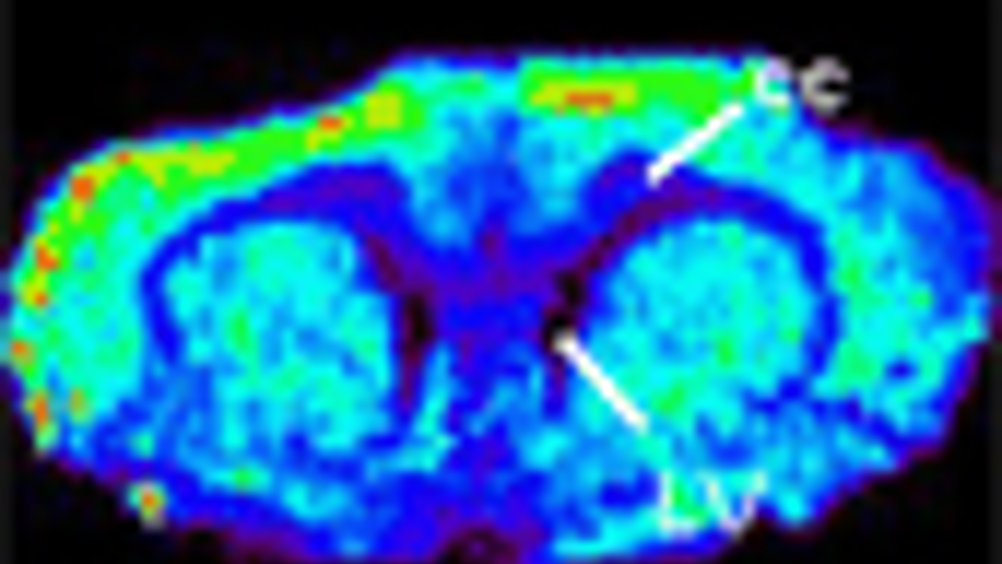Explaining the brain

Reading University researchers have developed a robot controlled by cultured neurons which could help explain memory, the development of the brain, and disorders that affect it.
The neurons are mounted on a multi-electrode array (MEA), a dish with approximately 60 electrodes which pick up the electrical signals generated by the cells. This biological brain is then used to drive the movement of the robot.
When the robot approaches an object, the electrodes stimulate the brain. In response, the brain's output is used to steer the wheels of the robot so that it moves around in an attempt to avoid hitting objects, controlled solely by the brain, without any external input.
The researchers are now working towards getting the robot to learn more by applying different signals as it moves into predefined positions. The team members hope that as the learning progresses, they will be able to observe how memories manifest themselves in the brain when the robot revisits familiar territory.
Register now to continue reading
Thanks for visiting The Engineer. You’ve now reached your monthly limit of news stories. Register for free to unlock unlimited access to all of our news coverage, as well as premium content including opinion, in-depth features and special reports.
Benefits of registering
-
In-depth insights and coverage of key emerging trends
-
Unrestricted access to special reports throughout the year
-
Daily technology news delivered straight to your inbox










Water Sector Talent Exodus Could Cripple The Sector
Maybe if things are essential for the running of a country and we want to pay a fair price we should be running these utilities on a not for profit...